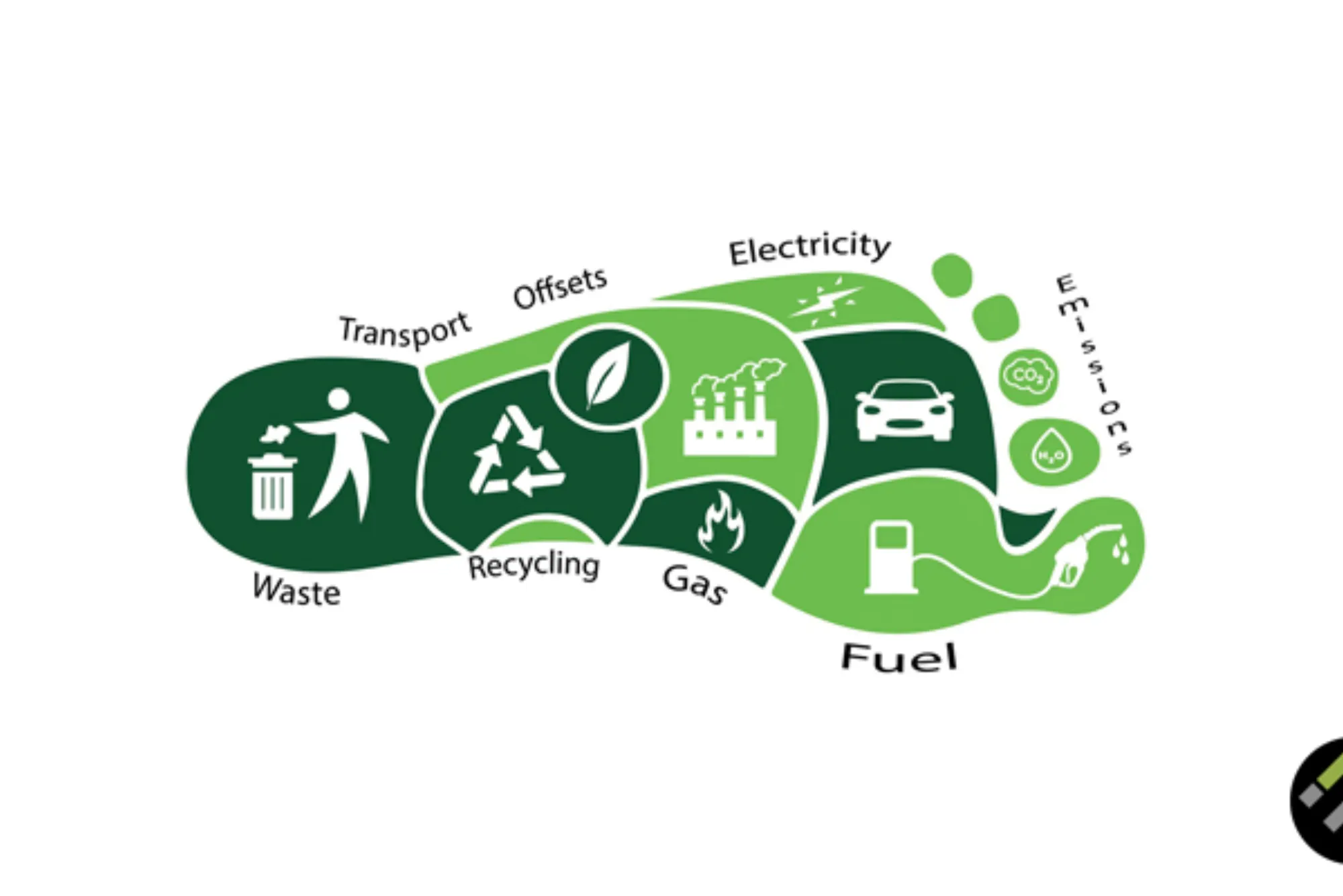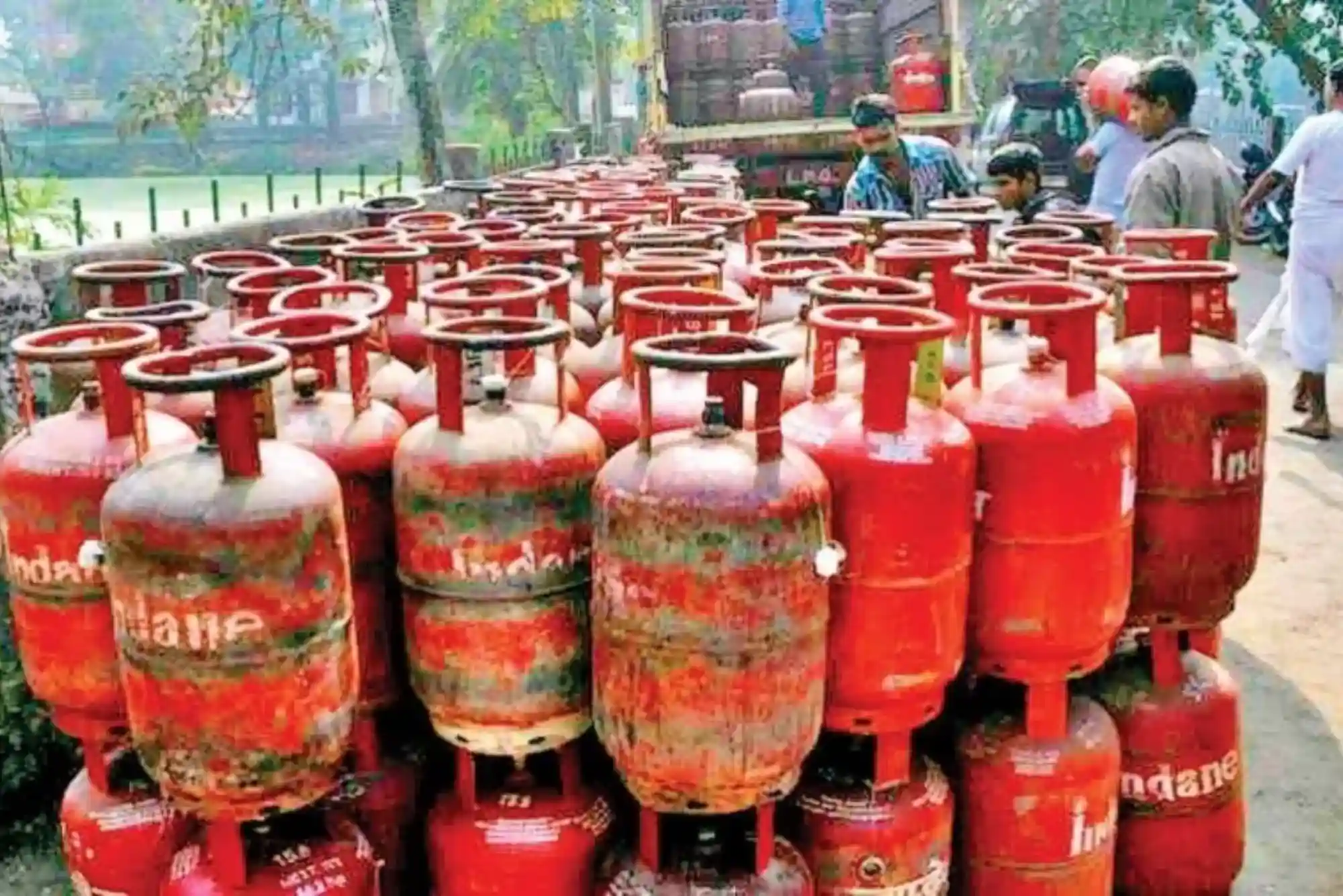In Pakistan’s booming textile landscape—from Multan to Bahawalpur—packaging hosiery for shipping isn’t just about protection; it’s about preserving quality and brand trust across varied delivery journeys. Whether you’re dispatching socks to a nearby city or exporting tights overseas, understanding the differences between local and international shipping requirements can significantly influence customer satisfaction and returns.
Supported by elite innovation programs like STZA and Ignite, Pakistani brands in South Punjab are gaining access to advanced packaging techniques. This guide breaks down best practices for both shipping scenarios, ensuring your hosiery reaches its destination crisp, safe, and in style.
Key Differences: Local vs International Packaging
International shipping demands stronger protection, customs-ready labeling, and moisture safeguards, while local delivery focuses more on cost-efficiency and speed.
International needs:
-
Rigid outer cartons
-
Moisture-resistant liners
-
Comprehensive customs documentation
-
Tamper-evident seals
Local focus:
-
Lightweight poly mailers
-
Simpler address labeling
-
Fast-seal adhesive closures
In Sahiwal, a hosiery brand reduced local shipping costs by 25% using optimized local packaging—while maintaining export readiness with dual-pack formats.
Material Requirements for Export Shipments
Use double-wall cardboard, laminated sleeves, and moisture barriers to survive routers like sea and air freight.
Recommended materials:
-
Double- or triple-layered cartons
-
PE or PLA inner liners
-
Silica gel or anti-moisture packets
-
Zip-lock inner sleeves for luxury hosiery
A Multan exporter, aided by STZA labs, improved package durability by testing moisture retention rates in their export cartons.
Local Shipping: Materials and Packaging Design
Local shipments benefit from lightweight, cost-effective, and minimal packaging with basic protection.
Typical packaging:
-
Kraft or poly mailers
-
Simple sleeves or zip-locks
-
Lightweight cushioning like tissue paper
A Rahim Yar Khan startup used recyclable poly mailers with self-adhesive seals, reducing return complaints by 18%.
Labeling & Customs Compliance
International shipping labels must include HS codes, origin, weight, and custom declarations, while local labels can remain simpler.
International labels include:
-
HS Codes (e.g., 6115.10 for socks)
-
Country of origin and exporter details
-
Full weight and value
-
Customs declaration forms
Local shipments in Layyah use minimal labeling but with clear size, color, and address details.
Protective Inserts & Shock Prevention
Use foam or cardboard inserts in export packaging to protect delicate hosiery during handling and transit.
Insert options:
-
Thin foam boards
-
Folded sock boards
-
Bubble wrap or corrugated pads
Bahawalpur startups trained via Ignite Bootcamps use foam-backed sleeves to preserve silk hosiery quality during air freight.
Tamper-Proof Seals for International Shipments
International packages require tamper-evident seals like heat-shrunk bands or void tape, rarely needed for local dispatch.
Effective seals include:
-
Security void labels
-
Heat-seal shrink bands
-
QR-coded tamper tags
A Bahawalnagar exporter reported a 30% decrease in rejections after adopting coded tamper seals in export packs.
Midpoint Backlink Placement:
For packaging solutions that handle both domestic convenience and international security, explore customizable hosiery packaging optimized for cross-border reliability and brand consistency.
Cost Comparison and ROI
While international-grade packaging costs more, it saves on damage returns and enhances brand reputation abroad.
Cost insights:
-
Export packaging can cost 30–50% more
-
But damage returns drop by ~40%
-
Plus, better packaging opens premium export markets
A Multan-based hosiery exporter recouped their packaging upgrade cost within three shipments through reduced custom penalties and damage claims.
Training and Support Programs
STZA, Ignite, and PSDF offer regional training on packaging techniques and export compliance, especially in South Punjab.
Training available:
-
STZA’s export packaging R&D in Multan
-
Ignite Bootcamps for cross-border logistics
-
PSDF short courses in Sahiwal and Khanewal
-
NIC international trade packaging week
Over 100 young entrepreneurs in South Punjab gained export-ready packaging skills in 2024 through these programs.
Sustainability Considerations in Both Scenarios
Both shipping types benefit from eco-conscious materials—though international packages may need certifications like FSC or compostable labels.
Green packaging tips:
-
Use FSC-certified or recycled cartons
-
Add compostable inner liners
-
Label sustainability credentials clearly
A Bahawalpur influencer-driven campaign showcased recyclable export packaging, boosting brand loyalty by 15% in Europe.
FAQs
1. How should hosiery packaging differ for local vs export?
Export demands sturdier materials, moisture protection, and customs documentation, while local shipping prioritizes speed and lightweight packaging.
2. Do export packages need tamper seals?
Yes—heat or void seals are highly recommended to protect against theft and customs tampering.
3. Can local poly mailers be used for exports?
Not ideal—they lack moisture protection and durability required for long transit.
4. Are there local resources to learn export packaging?
Yes—STZA in Multan and Ignite Bootcamps offer regional training for packaging exporters.
5. Does better packaging improve brand perception?
Significantly—export-quality packaging often leads to fewer complaints and higher international brand reputation.
6. How much more does export packaging cost?
Expect a 30–50% increase per unit, but this is offset by fewer damages and returns.
7. Can eco-friendly materials be used for exports?
Absolutely—provided they carry certifications like FSC or EN 13432 to satisfy destination country norms.
Final Thought
Having guided textile brands across South Punjab—from Rahim Yar Khan to Bahawalpur—I’ve observed how packaging transforms a product from local commodity to global contender. Whether wrapped for Lahore delivery or UK export, how hosiery is packaged speaks volumes about brand care.
With technical and financial support through STZA, Ignite, and local incubators, Pakistani hosiery brands can adopt packaging that is robust, compliant, and yet sustainable. Every poly mailer or double-wall carton is an ambassador of your quality—make sure it travels well.



